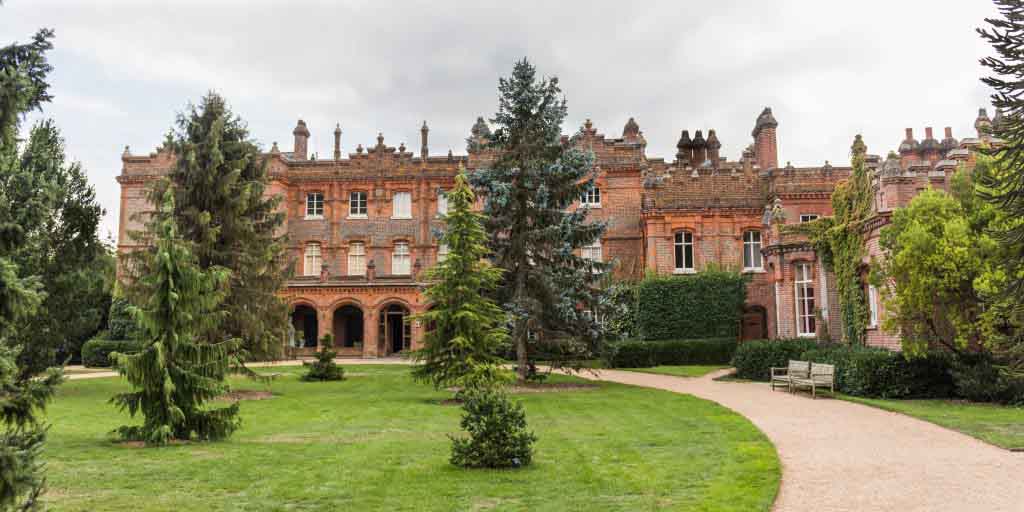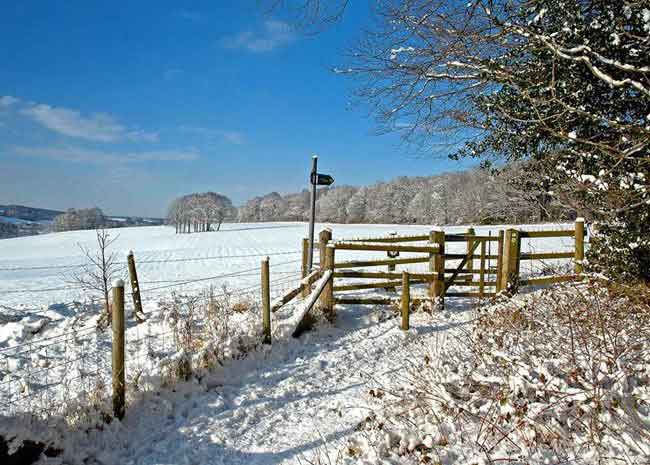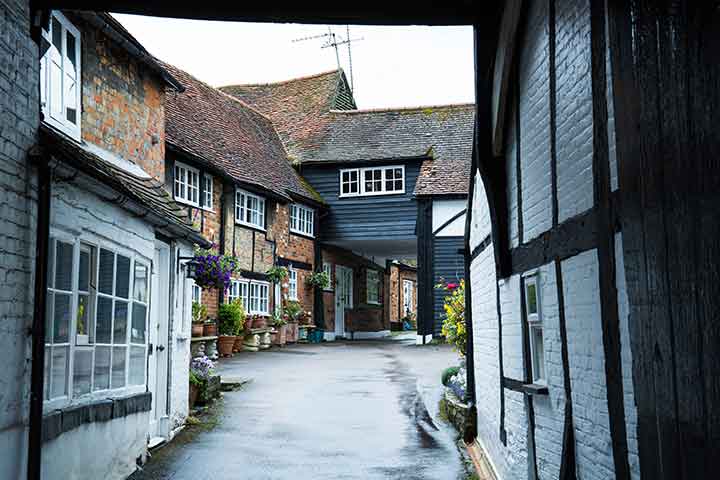It was once high on Hitler’s hit list of strategic targets during WWII, yet survived the war practically unscathed. Hughenden Manor, the former home of Victorian Prime Minister Benjamin Disraeli, is now a National Trust property. It overlooks a peaceful and picturesque valley near High Wycombe – yet for decades after hostilities had ceased, this elegant country home continued to harbour an intriguing wartime secret.
More than 77 years ago the tranquillity of these quiet corridors and imposing state rooms was rudely disturbed, when a 100-strong team of specialist RAF and civilian personnel arrived. Their mission was to thwart the Nazi war machine by supplying highly accurate maps of enemy territory to Bomber Command at nearby Naphill. Such maps accompanied bomber crews on their daily – and nightly operations, pinpointing vital facilities such as factories, power plants, railway hubs and military installations. The team at Hughenden compiled the maps used in the legendary Dambuster raids and those on the Fuhrer’s bunker at Berchtesgaden. They also played a leading role in the D-Day landings, the sinking of the Tirpitz battleship and the destruction of scores of flying bomb sites.
Although it was known that the Manor was used by the Air Ministry during the war, its exact role remained a mystery until a visitor, who had worked there at the time, revealed its secrets to National Trust staff some ten years ago.
With its close proximity to Bomber Command and other local establishments engaged in intelligence activities, Hughenden – later codenamed Hillside – was an ideal location. Furthermore it was partially hidden in woodland, with no obvious outward signs it was being used by the military.
A drive to recruit specialists with the relevant skills brought together an eclectic team, including surveyors, cartographers, draughtsmen, designers and printers – even cartoonists. Half of these talented individuals were RAF men and women, while the rest were civilians employed by the Air Ministry. All were billeted locally and secrecy was paramount – friends, relatives and landladies knew only that they were engaged in ‘clerical work’. For whatever reason, only Air Ministry staff were provided with bicycles to travel to and from the job!
Because few modern maps of Germany existed – German map production was deliberately halted in 1931 – a fleet of fast RAF photo reconnaissance aircraft flew continuous sorties to produce up-to-date pictures for evaluation and interpretation by the experts at nearby RAF Medmenham. Working round the clock, Hillside’s role was to produce highly detailed target maps which were printed on site (ironically, on German presses!) ready for the transport unit to speed the results to Bomber Command and onward to waiting bomber crews.
No source of information was left untapped. The files of insurance companies were raided for their detailed plans of German factories and other establishments for whom the companies had hitherto provided insurance services. The Ministry even appealed to Britons who had previously visited Germany to send in their holiday snaps. Photographs taken after the raids, to confirm targets had been hit, also had to be studied – an upsetting and sometimes harrowing task, because viewers witnessed evidence of massive devastation.
The bombing strategy was proving worthwhile however, and the enemy was increasingly overwhelmed by the scale of destruction to its military fortifications, means of production and transport hubs. Hillside was particularly successful in identifying and targeting V1 and V2 flying bomb launch sites, and more than 100 throughout France and the Low Countries were knocked out thanks to Hughenden’s vigilance and unique skills. By coincidence, Hughenden’s only brush with danger came when a V1 exploded locally. The blast blew out the Manor’s windows, but nobody was hurt.
There is no doubt that the 3,500 target maps produced at Hughenden between 1941 and 1945 played a significant role in shortening the war, probably saving thousands of lives in the process. In the decades since those intense, even fearful times, Hughenden has again donned its mantle of quiet gentility. Visitors can still step back in time to the 1940s in a fascinating mini-museum displaying original maps and period items that bring alive its exciting and mysterious wartime past.
For more information about Hughenden and things to see and do there, visit nationaltrust.org.uk/hughenden or call 01494 755565.





